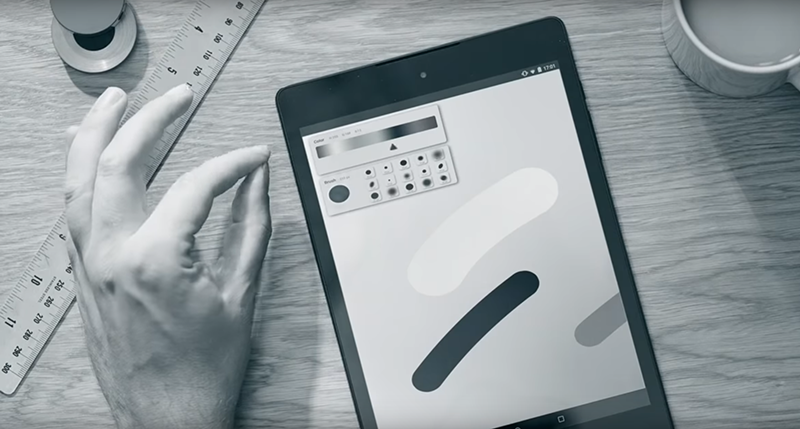Google has been granted approval from the Federal Communications Commission (FCC) to deploy radar-based motion sensors, also known as Project Soli. This approval allows the search engine giant to operate the sensors at higher power levels than currently allowed and the sensors will be allowed aboard aircraft.
Read more Artificial Intelligence and Radar Technologies to Measure Blood Glucose
Project Soli was created by Google’s Advanced Technology and Projects (ATAP) group. It’s a radar that is small enough to fit into a 1.5-inch smartwatch, and can be controlled by hand gestures alone. There is no commercial application yet but this is a good sign that Google is on the way to making this happen.
The FCC said the Soli sensor captures motion in a three-dimensional space using a radar beam to enable touchless control of functions or features that can benefit users with mobility or speech impairments.
Google says the virtual tools can approximate the precision of natural human hand motion and the sensor can be embedded in wearables, phones, computers and vehicles.
In March, Google asked the FCC to allow its short-range interactive motion sensing Soli radar to operate in the 57- to 64-GHz frequency band at power levels consistent with European Telecommunications Standards Institute standards, reports VentureBeat.
The Project Soli was unveiled in 2016 with a video showing smartwatches and speakers being controlled by moving one’s hand far or close to the devices and touching the thumb with the index finger.
Google added that the radar signal could penetrate fabrics, enabling controls that could work in a pocket or a backpack.
Read more Google Files Patent for a Gesture-Based Smartwatch That Could Be Used for Video Conferencing
The FCC’s approval comes after Facebook raised concerns with the FCC that the sensors operating in the spectrum band at higher power levels might have issues with existing technologies.
The two companies, after discussing the matter, told the FCC in September that they agreed the sensors could operate at higher than currently allowed power levels without interference but at lower levels than previously proposed by Google.













